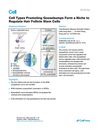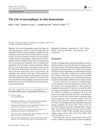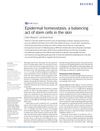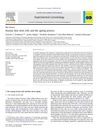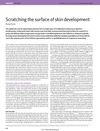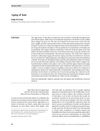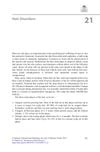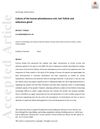The Microanatomy of Human Skin in Aging
April 2024
in “
bioRxiv (Cold Spring Harbor Laboratory)
”
epidermal thickness dermal thickness hair follicle density interstitial space sebaceous gland size hair loss extracellular matrix stromal cells stromal density fibroblast density epidermal cell density sweat gland size arrector pili muscle skin thickness hair density sebaceous glands ECM skin cells sweat glands arrector pili
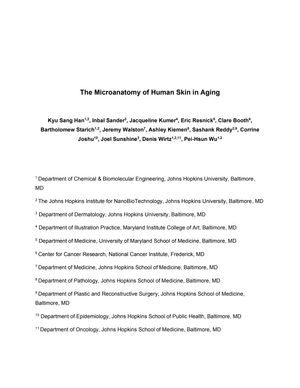
TLDR Aging skin shows thinner layers, fewer hair follicles, and new biomarkers like increased space between cells and smaller sebaceous glands.
The study develops an Automated detection of Skin Cellular features and Microanatomy (AutoSCM) to analyze age-related changes in skin microanatomy. By examining whole slide images of skin histological sections, the researchers identified 108 significant structural features affected by aging, including decreased epidermal and dermal thickness, reduced hair follicle density, and four new biomarkers: increased interstitial space, reduced sebaceous gland size, hair loss in back skin, and horizontal alignment of extracellular matrix and stromal cells. Additionally, significant sex-based differences were found, such as increased stromal and fibroblast density, and decreased epidermal cell density, sweat gland size, and arrector pili muscle content in females compared to males. This detailed atlas of skin microarchitecture provides a valuable reference for future studies on age-related skin diseases.
